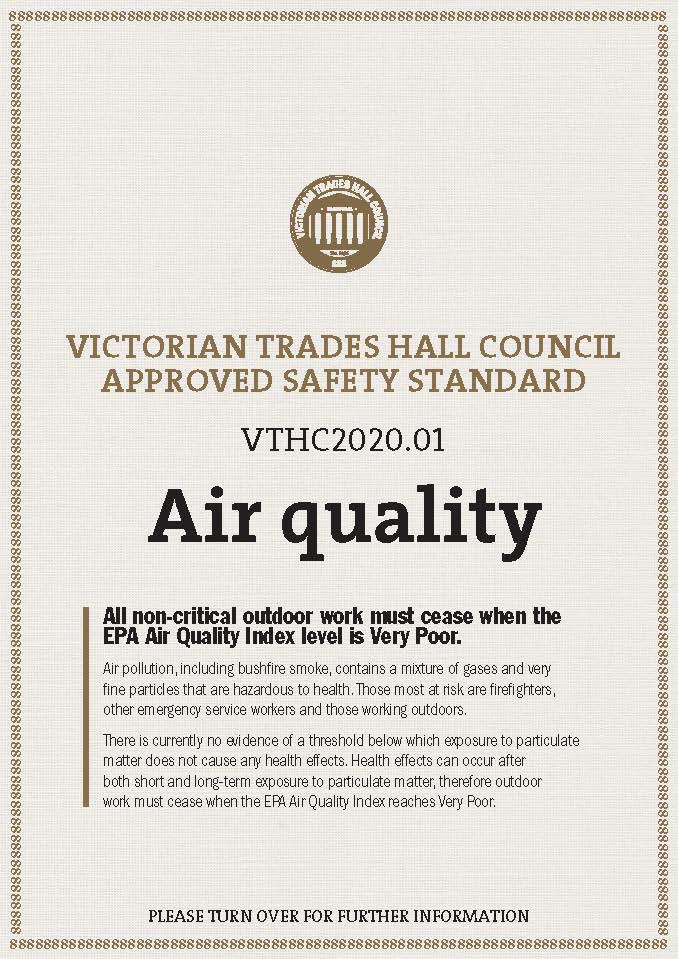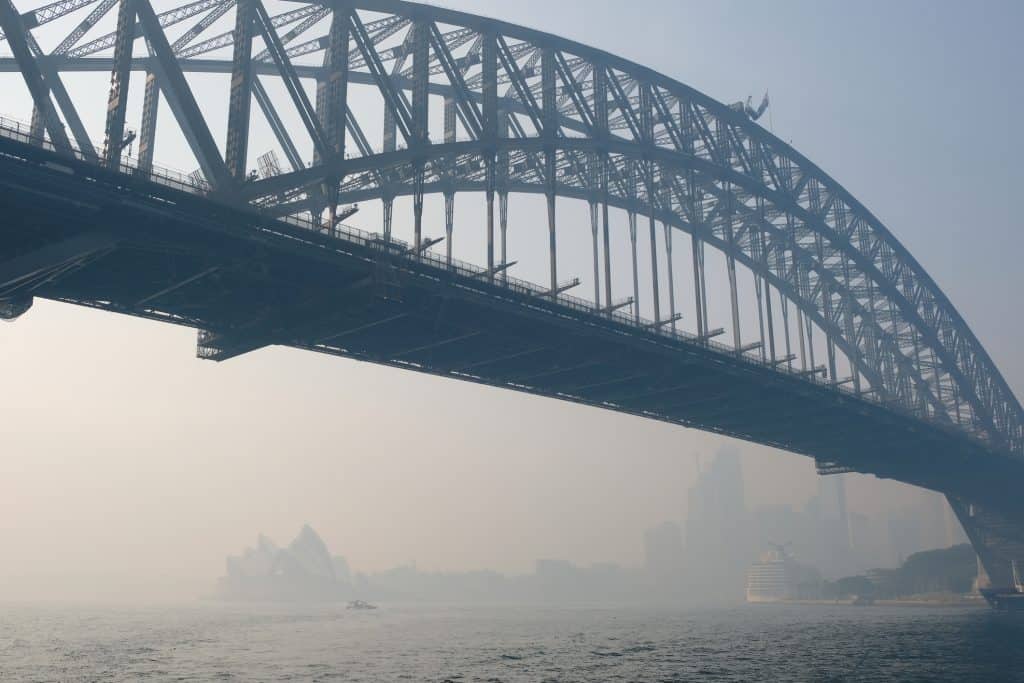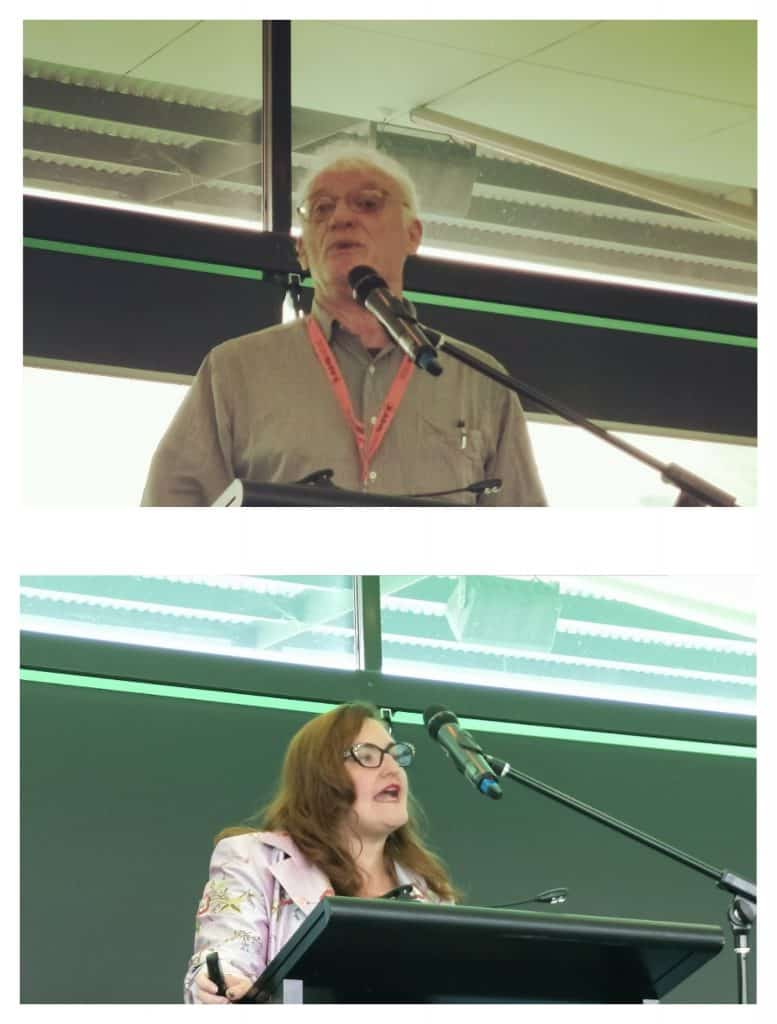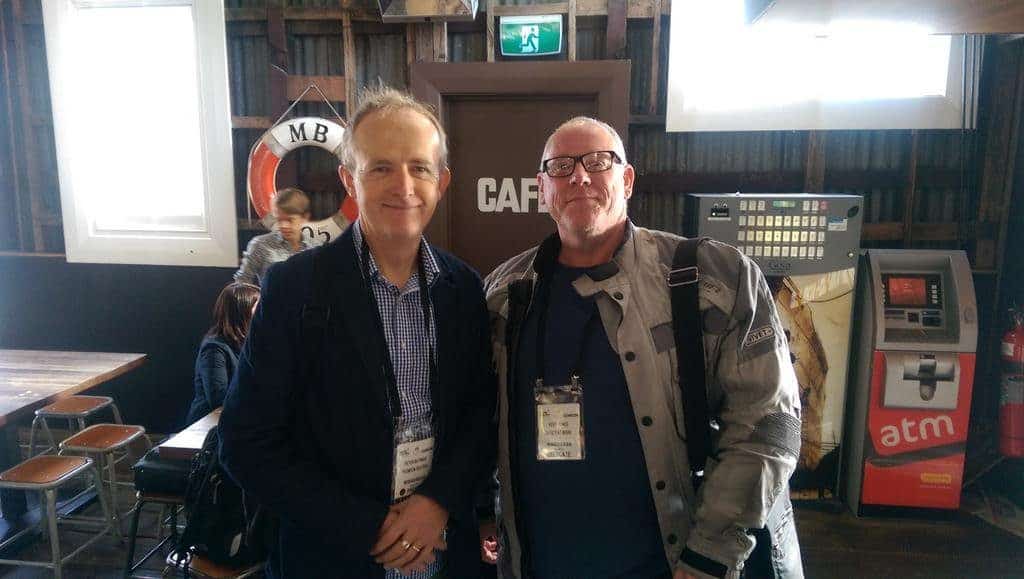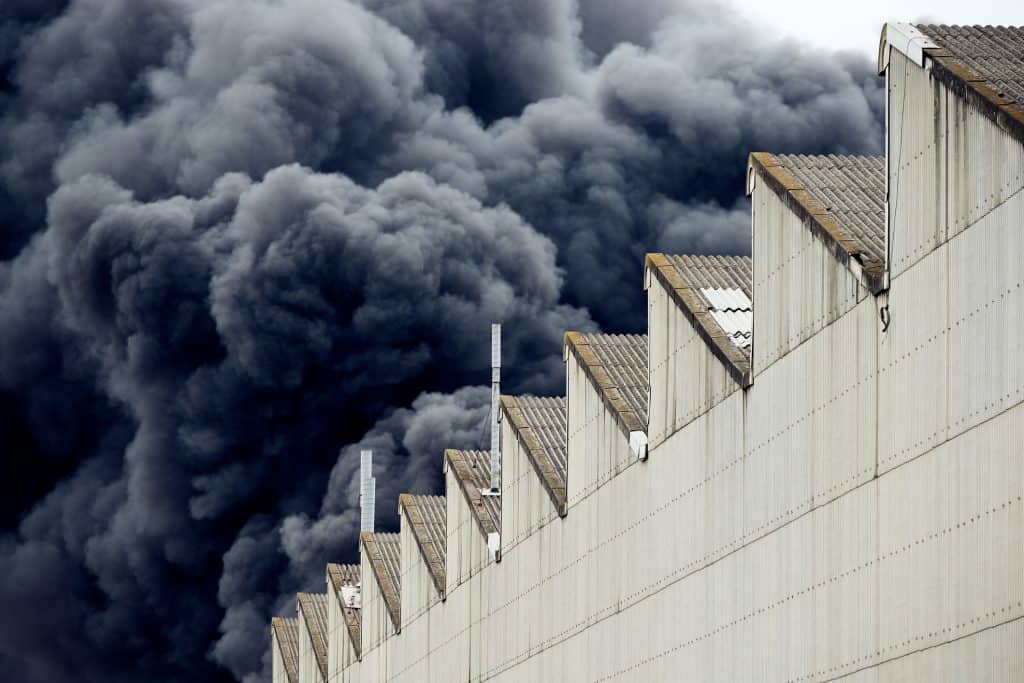
Many advocates see the introduction of Industrial Manslaughter laws as a glorious moment that will change the world for the better, in other words, a silver bullet. But if it is a silver bullet, it is being shot into the political murk. Queensland’s expansion of its Industrial Manslaughter laws to the mining and resources industries was presented to Parliament on February 4, 2020, and is likely to pass with the support of those industries.
Occupational health and safety (OHS) laws should apply to businesses and workers without exception. Queensland’s exemption of the mining and resources sector from Industrial Manslaughter laws was always a nonsense but that nonsense made good political sense in an election year.

